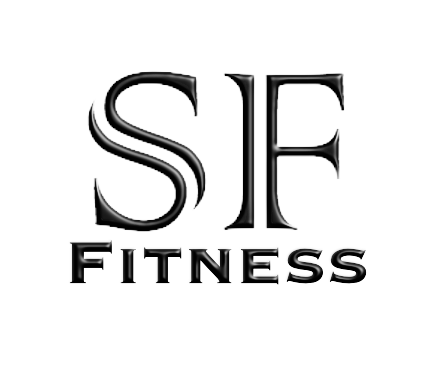Boxing is one of the oldest sports in America. Born from pugilism, it’s deep historical roots evolved to the modern day, multimillion dollar entertainment stream. Along the way, the sport has put out dozens of athletes known for their strength, stamina, and ferocity. It’s no surprise that these elite level boxers were both strong and in great shape.
Boxing is a great outlet to have. Along with the intense workouts, boxing helps translate power to other movements, improves cardiovascular health, and improves focus and coordination.
Anatomical Benefits
Boxing replicates pressing movements. Therefore, a lot of the same muscles used to throw a punch are used to press a bar off your chest. The repetitive movements also improve motor pattern function and help keep your shoulders healthy, improving the both mobility and stability.
Serratus

Commonly referred to as the punching muscle, the serratus anterior protracts your shoulder blades. In other words, it helps pull your shoulder blades away from your spine. Because of it’s multiple attachment points to the ribs, it aids in stabilizing the scapula from excessive movement.
Pec Major
The main responsibilities of your pecs are to bring them across your body and aid in overhead lifting. Assuming the proper “guard” position requires your pecs to not only activate, but strengthens them isometrically.
Lats

Referred to as the “handcuff muscles,” they’re responsible for bringing your arms back and behind your body (think rowing movement). They’re the main muscles for retracting your arms after you throw a jab or cross.
Traps / Rhomboids / Teres Major
These muscles as a group assists the previously mentioned for stability and movement of the scapula in all directions. The more frequently utilized, the better mobility and stability the shoulder will have.
Core / Trunk

There’s zero doubt that your core will get stronger through boxing. Not only that, but your mobility will improve as well. Side bending, extension, dodging blows from side to side, the circumstances add up.
It’s worth noting how the core will help transfer power. Since most power is generated from the ground, the core is the middle man to get that force to the shoulder and arm. It’s also responsible for generating force in certain circumstances as well.
Cardiovascular Benefits
Boxing is sure to get your heart rate up. You’re constantly moving for about 3 minutes with a 1 minute break in between. Practice can go on however long is needed, but just like any other sport, you want to practice how you play.
Running circuits with boxing as a station is great, too. As long as you replicate the same work to rest ratio, you can incorporate other exercises in. Med balls, sleds, burpees, jumping jacks, bear crawls, etc. The possibilities go on.
Coordination and Focus

Your guard is up. You’re moving your feet. You’re throwing and dodging jabs and crosses.You’re pacing yourself. All while reading your opponent. You have to be quick, but you have to be accurate.
Final Thoughts
Boxing is a great all around workout. It will help keep your muscles and joints healthy, improve your cardiovascular endurance, and improve coordination. The strengths you gain these movements will help translate over to pressing movements, but more importantly, keep you healthy the heavier you go.


Recent Comments